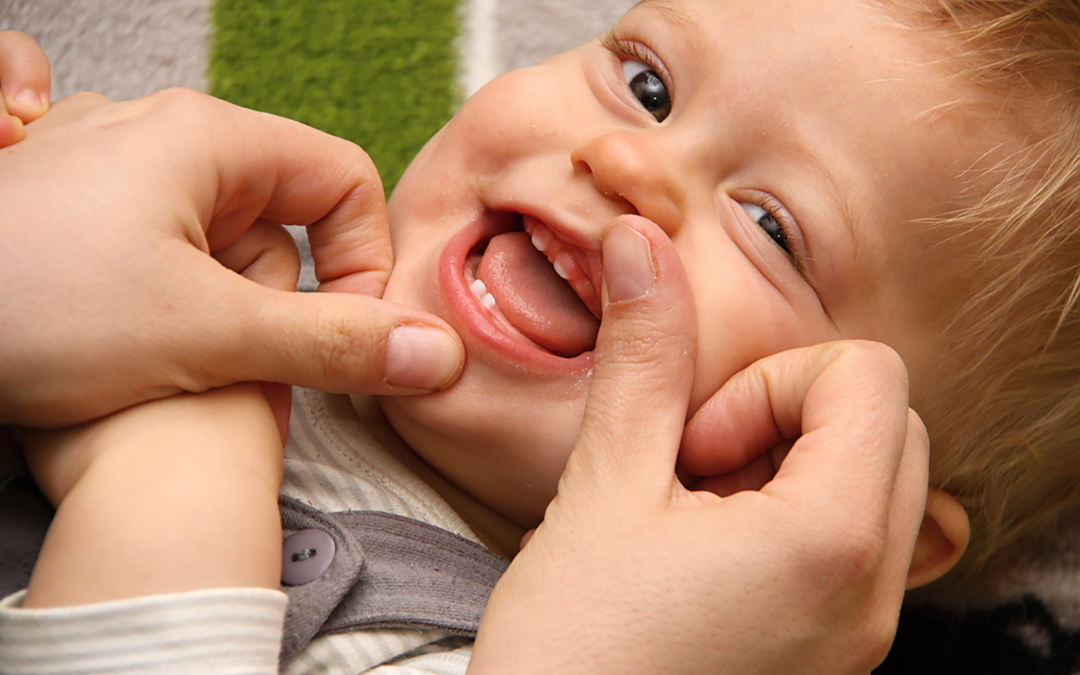If you’re a parent and you’ve noticed the signs of cavities in your child’s teeth, chances are that you’re ignoring them thinking, “They’re gonna fall out anyway!”
While parents often tend to neglect the need for dental appointments on seeing a cavity in their child’s teeth, dentists all over the world recognize that it is a serious problem. Cavities untreated in baby teeth can lead to several problems in the long run for an individual. They can affect the health and well-being of their permanent teeth as well as their social habits.
- A diet that is high in starch and sugar is a major factor in cavities in baby teeth. Children have a preference for sweet foods and if unsupervised, can consume copious amounts of sweets. Bacteria feed on sugar and starch, attacking the baby’s teeth and leading to cavities.
- Lack of proper oral hygiene is another huge factor in cavities. Dentists recommend supervising a child’s dental habits at least until they are 6 to 7 years of age. Children mimic adults more than anything else. So, you need to have them follow by example and promote proper dental hygiene.
Assessing cavities in baby teeth
If you notice the following symptoms in your child, it might be time to take them to an appointment with a dentist near you.
- Tooth sensitivity: Your child is experiencing pain or sensitivity while consuming hot or cold food and drinks.
- Toothache: A constant dull ache or a sharp pain that comes and goes.
- Discolored teeth: White, brown, or black spots on their teeth or general discoloration.
- Bad breath: Your child’s breath smells bad even after brushing their teeth.
- Swollen or bleeding gums: Inflammation of the gums, which is leading to swelling and bleeding.
- Difficulty chewing: Trouble chewing or complains of pain while eating.
It is important to note that some children may not experience any symptoms even if they have cavities in their baby teeth. Therefore, regular dental check-ups and cleanings are essential to detect and treat cavities before they cause significant damage to adult teeth.
Treatments for cavities in baby teeth in Shawnessy
Step 1: Visit a children’s dentist near you
The first step in fixing cavities in baby teeth is to schedule an appointment with a dental office that is an expert in children’s dentistry in Shawnessy. Our pediatric dentists specialize in treating children and are experienced in dealing with cavities in baby teeth. We can assess the extent of the cavity and recommend the appropriate treatment.
Step 2: Fillings
If the cavity is small, a dental filling may be all that is needed. The dentist will remove the tooth decay and fill the area with a white resin composite. Fillings are a quick and easy solution to fix cavities in baby teeth.
Step 3: Dental crowns
If the cavity is larger, a dental crown may be required. The crown is placed over the tooth to protect it and prevent further decay. They are durable and can last until the baby tooth falls out naturally.
Step 4: Pulpotomy or baby root canal
If the cavity has reached the pulp (nerve) of the tooth, a pulpotomy may be required. This involves removing the infected part of the pulp and replacing it with a filling. This procedure can save the baby’s tooth and prevent further damage.
Step 5: Extraction
In extreme cases, if the cavity has caused damage beyond repair, the tooth may need to be extracted. Extraction is a last resort and is only recommended if other treatments have failed.
At Summit Dental, our dentists are experienced in children’s dentistry in Shawnessy. Walk in or call today to schedule an appointment with our patient and kind staff to make the entire experience easier for you and your child.

